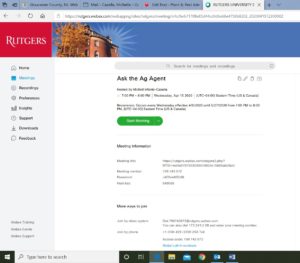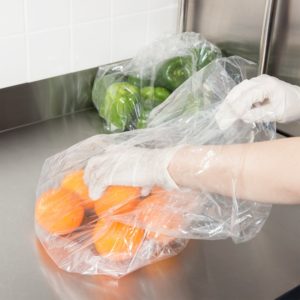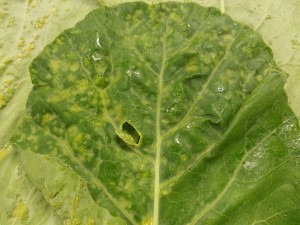By, William Bamka, Stephen Komar, Michelle Infante-Casella and Meredith Melendez
“Ask the Ag Agent” weekly 1-hour sessions for farmers will be hosted by Rutgers Agricultural Agents working with commercial farmers, on Wednesday April 15th and continue each Wednesday. The online conferencing/call in events will begin at 7:00PM with an open forum to discuss ag-related questions about production, marketing, regulations and any other topics farmers wish to discuss. All are welcome.
To access via WebEx on a computer go to https://go.rutgers.edu/rc9n3kxt
Join by phone
+1-650-429-3300 USA Toll
Access code: 799 743 872




